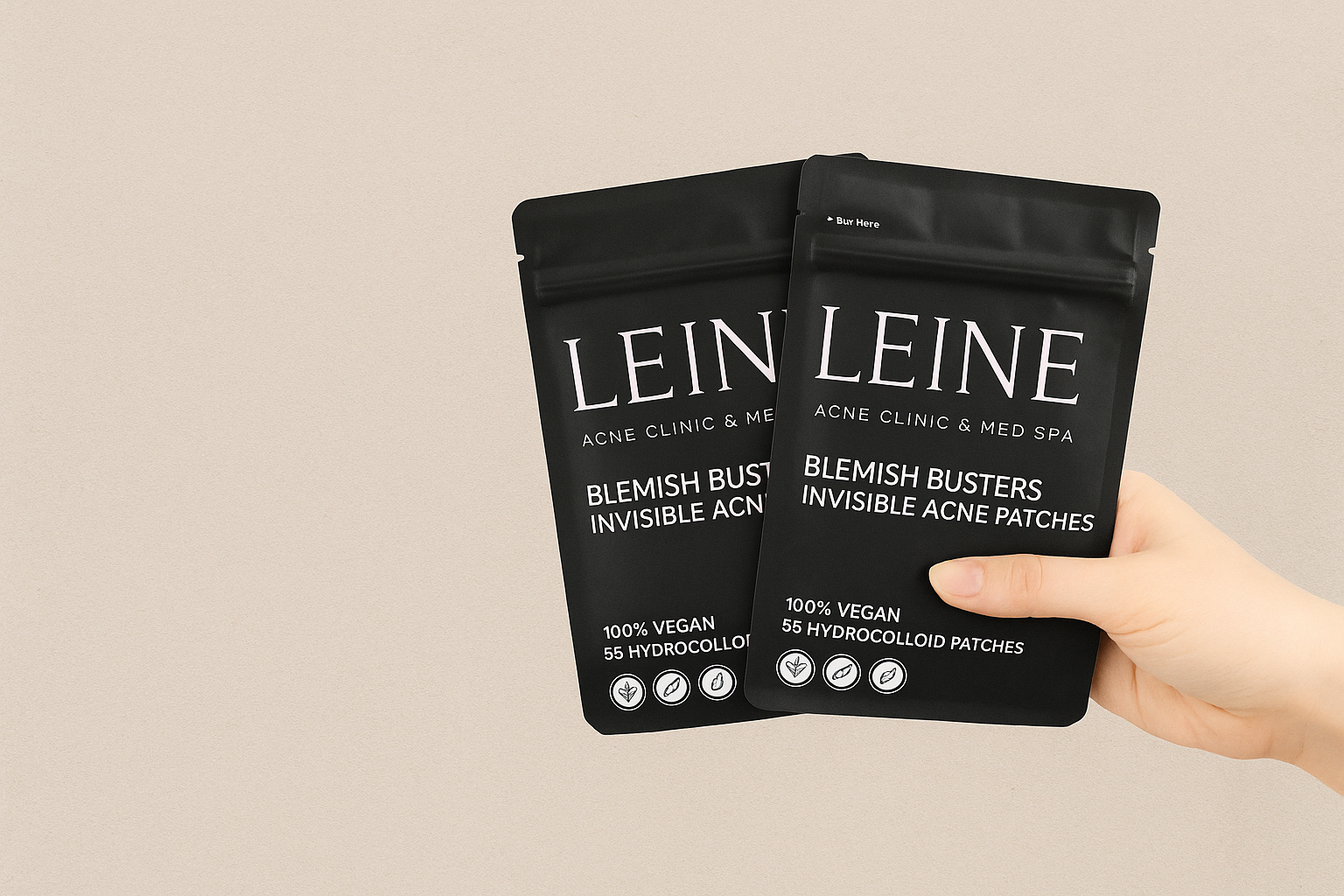How to Properly Use Pimple Patches
Pimple patches have become a skincare must have for anyone dealing with the occasional breakout. These small but mighty stickers can speed up healing, reduce redness, and keep you from picking at your skin. But to get the best results, it’s important to use them the right way.
Let’s walk through the steps so you can make the most of your patch.
1. How do Pimple Patches work?
Pimple patches, also known as hydrocolloid patches, work by:
-
Absorbing excess fluid and oil from a blemish
-
Protecting the spot from bacteria and dirt
-
Reducing the temptation to touch or pick
2. What kind of pimple is best for a pimple patch?
Pimple patches are most effective on:
-
Whiteheads: Blemishes that have come to a head and have visible pus
-
Early-stage breakouts: When there’s swelling or fluid under the skin
They won’t work as well on cystic acne deep under the surface as those require different treatments.
3. How to prep the skin for a pimple patch.
This is where many people go wrong. For the patch to stick and work properly:
-
Cleanse your face with a gentle, non-stripping cleanser. Madeleine recommends the Face Reality Ultra Gel Cleanser.
-
Pat dry completely, even a hint of moisture can stop the patch from adhering
-
Skip heavy creams or oils on the spot before applying
4. Applying the pimple patch.
-
Gently peel the patch from the sheet without touching the adhesive
-
Place it directly over the pimple, making sure the edges are sealed
-
Avoid repositioning it once it’s stuck, movement reduces effectiveness
5. Let It Work (And Resist the Urge to Peek!)
Most patches should be left on for at least 6–8 hours, making overnight use ideal.
You’ll know it’s done its job when:
-
The patch turns white or opaque from absorbed fluid
-
The pimple looks flatter and less red
6. Remove and Continue Your Skincare
When removing:
-
Peel gently to avoid skin irritation
-
Follow with your normal skincare routine, like the Face Reality Soothing Radiance Toner and 8% Mandelic Serum
Extra Tips for Success
- Don't continue to place new pimple patches over the same pimple. Once a pimple has drained or is past its peak, continuously covering it can trap heat and moisture unnecessarily, creating a less-than-ideal healing environment. If you still have an active, fluid-filled spot after removing a patch, it’s best to give the skin a short break before applying another. Cleanse, hydrate, and let it breathe for a bit.
-
Keep patches in a cool, dry place to preserve stickiness
-
Don’t pop the pimple before using a patch, it’s better at drawing fluid naturally without breaking skin and making the pimple worse
The Takeaway
Pimple patches aren’t just trendy, they’re an effective, low-maintenance tool for handling breakouts. With proper application, they can help heal blemishes faster, keep your skin clean, and prevent scarring from picking.
